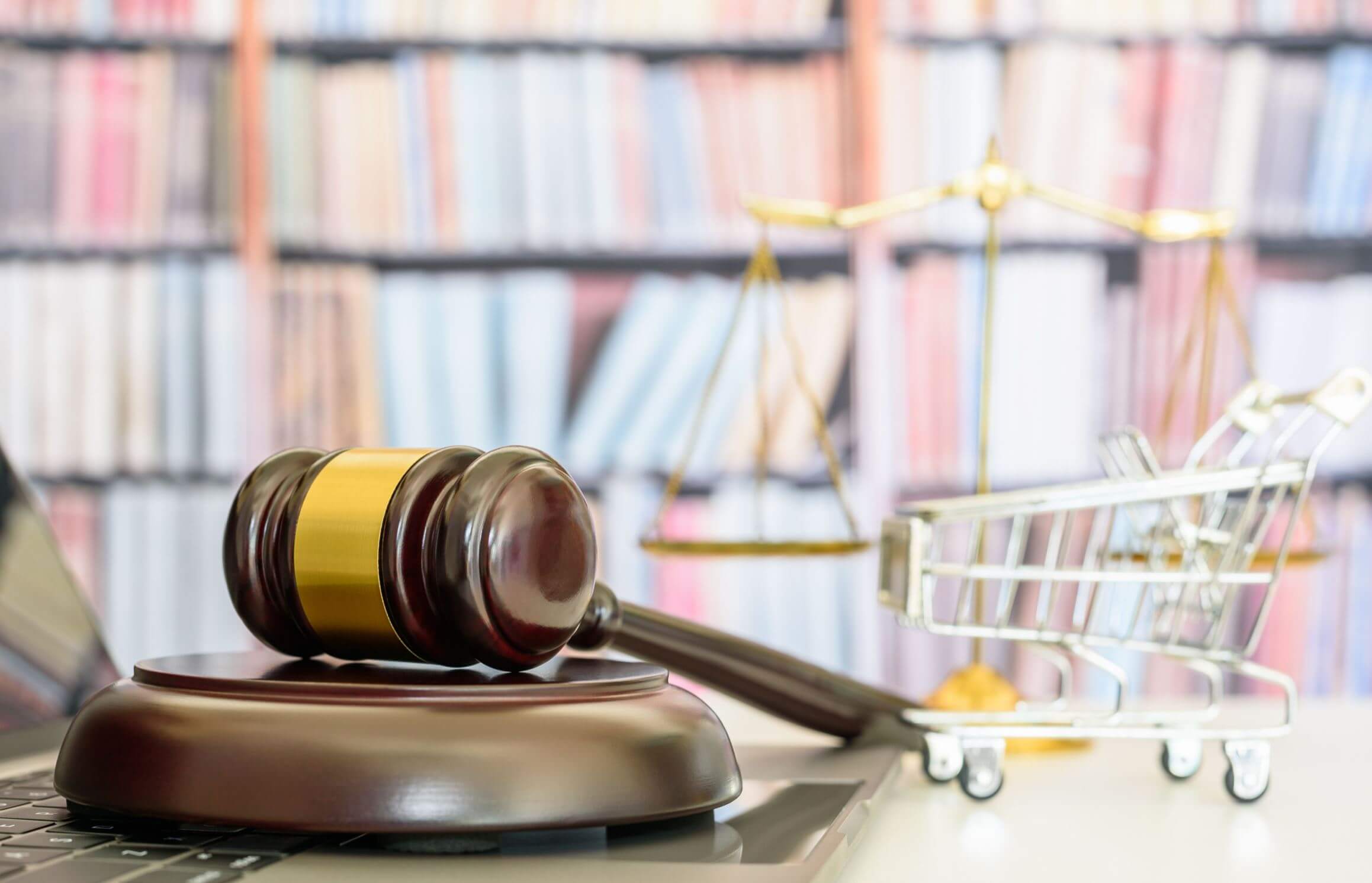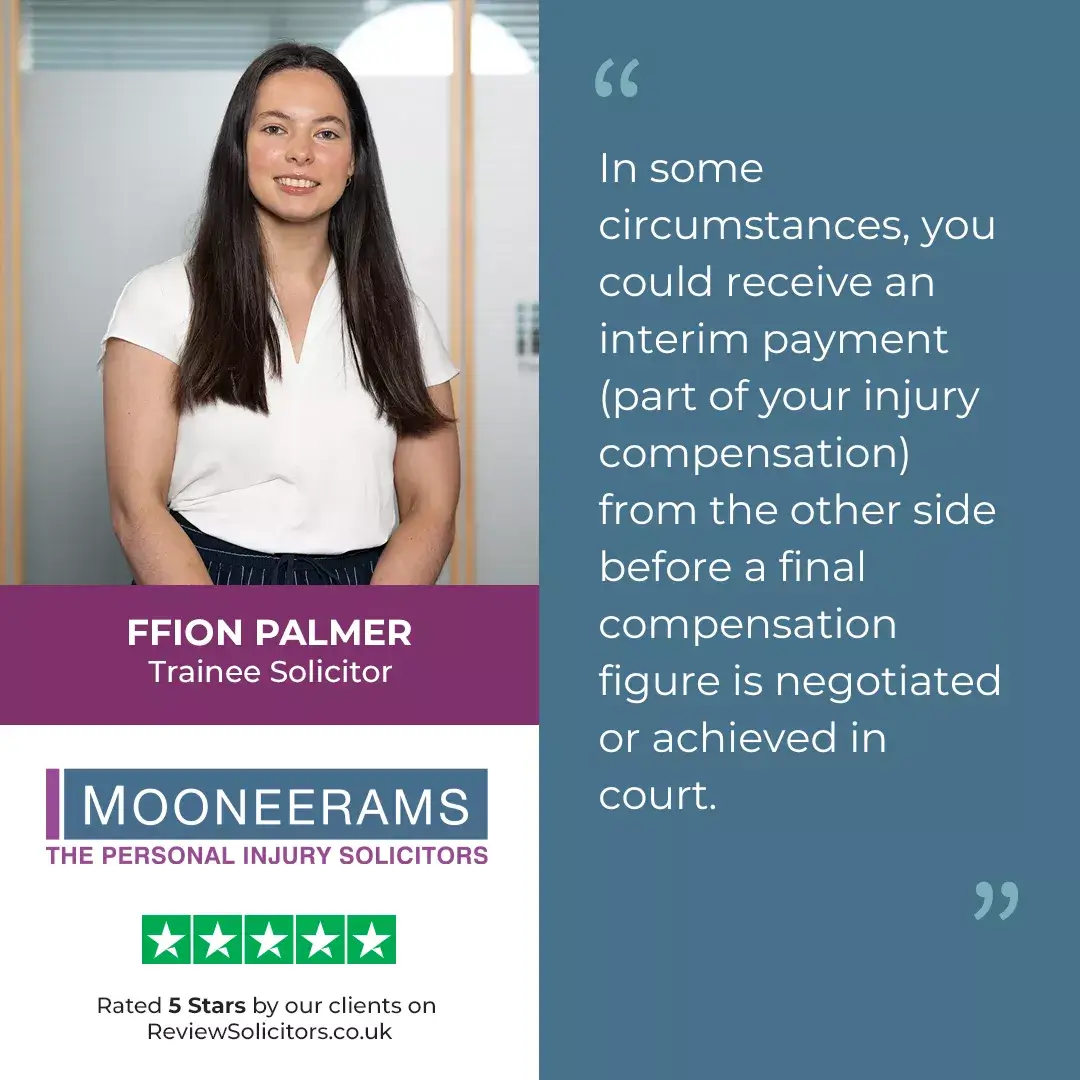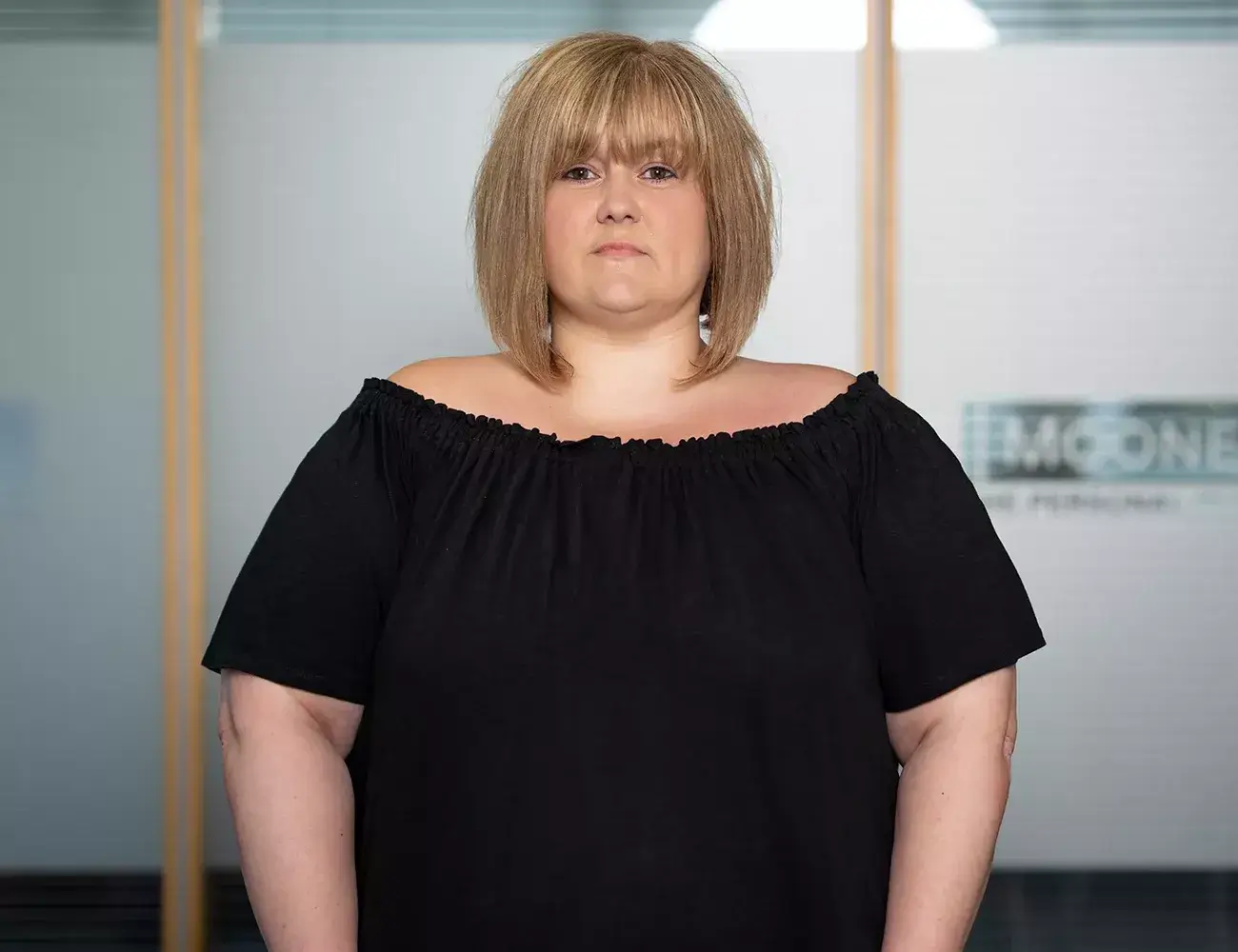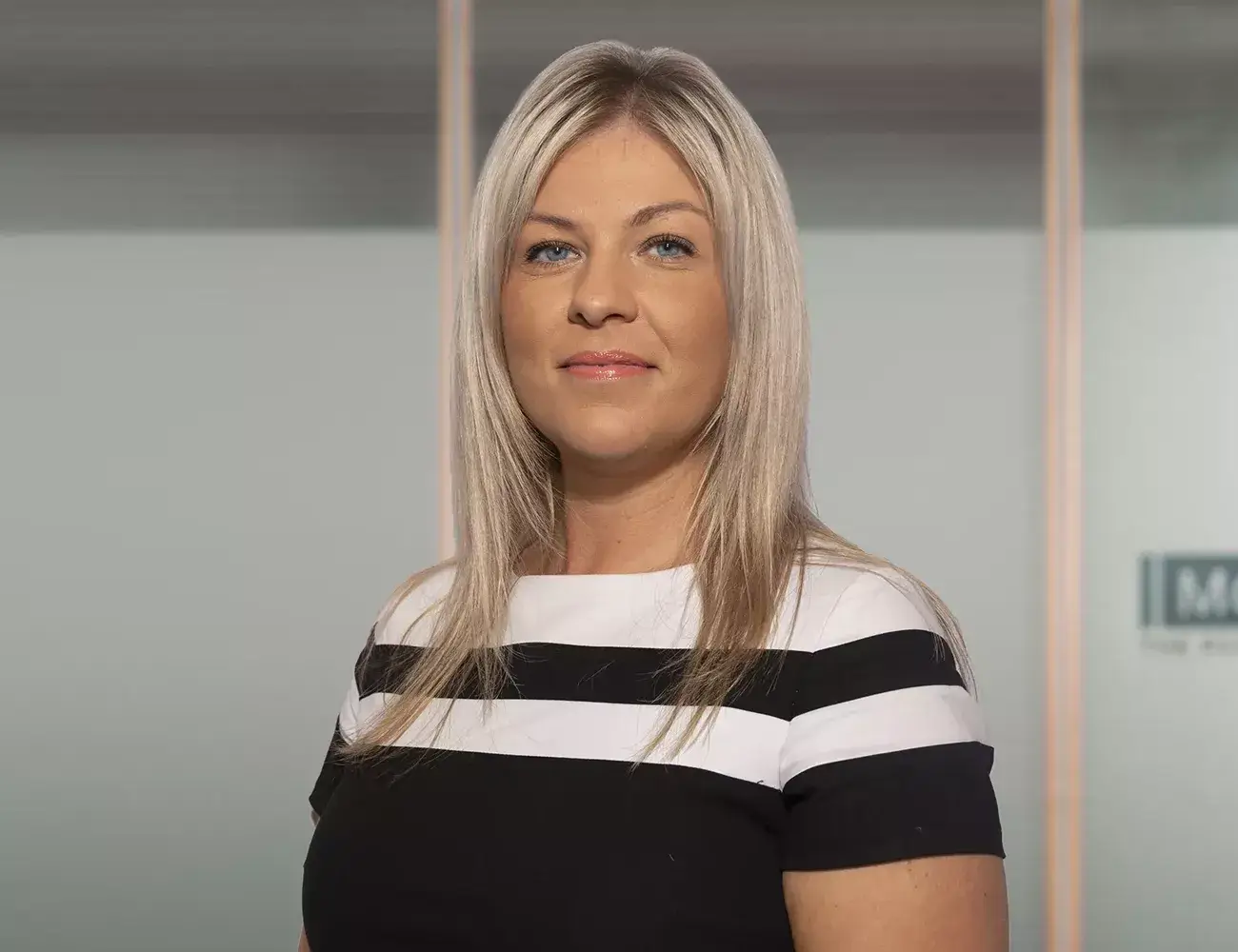Product Liability Claim Solicitors
Every time we purchase or use a product, we expect it to be safe for its intended purpose. Thankfully, most of the time, it is, and the product works as it should. Sometimes, though, a product proves faulty. Often, this simply means that it is ineffective, but, on occasion, the defect can cause the product to malfunction to such an extent that it causes harm to the user or others.
If a defective product has injured you through no fault of your own, you may be able to bring a product liability claim, even if you did not purchase the item. If successful, you may receive compensation for any out-of-pocket expenses, such as medical costs, earnings loss, and pain and suffering caused by the injury.
Mooneerams personal injury solicitors have helped many clients to bring product liability compensation claims, often on a no-win, no-fee basis, with excellent results.
Examples of product liability claims
One of the most famous product liability claims is what has become known as the ‘snail in the ginger beer bottle case’. Back in the 1930s, a widow from Scotland unwittingly drank a bottle of ginger beer to find a decomposing snail at the bottom. She brought a product liability claim against the manufacturer of the drink and won.
Nowadays, the range of products available to consumers is enormous. Advances in technology and manufacturing methods mean the types of possible defects and the potential harm they can cause stretch far beyond discovering the remains of a snail in the bottom of your drink.
Since any goods can have a manufacturing flaw or design error, the range of product liability claims is vast, and the types of injury involved are virtually limitless. The types of goods often involved in product liability claims include:
Faulty electrical equipment
The nature of product liability claims arising from faulty electrical goods is wide and varied. They include faulty thermostats in showers leading to the user being scalded, defective toasters causing electric shocks, and tumble driers catching fire due to faulty components.
Faulty cosmetic products
By their very definition, cosmetic products are intended to be placed on the body. The potential for personal injury if a product is faulty is, therefore, obvious. Product liability claims involving defective cosmetic products can involve allergic reactions ranging from rashes to anaphylactic shock, burns and disfigurement.
Faulty Medical devices
Medical equipment in the UK must undergo vigorous testing before being cleared for use. Nonetheless, defective products sometimes slip through the net. Some examples of faulty medical products that have been the subject of product liability claims include hip implants, defibrillators and insulin pumps.
What is the law relating to product liability claims?
The law of negligence applies to product liability claims in the same way as it does to any other personal injury claim. However, numerous other laws operate alongside negligence to provide recourse to those who have suffered personal injury as a result of a defective product. The most commonly used areas of law in the context of product liability claims are:
Negligence
Personal injury law is underpinned by the principles of negligence. Negligence law aims to put the victim back in the position they were in before the damage occurred. The nature of the harm suffered in personal injury claims often makes this an impossible task, but the law seeks to compensate the victim through financial compensation insofar as possible.
A negligence claim will only succeed if the damage resulted from the defendant’s failure to act with the level of care and skill expected by law. The legal criteria that you need to satisfy are:
The defendant owed you a duty of care
Generally speaking, the manufacturer of a product owes a duty of care to the ultimate user. That duty might include measures such as taking reasonable care to produce goods that are safe, providing adequate safety warnings and recalling unsafe goods. Depending on the facts of the case, other entities involved in the goods’ supply chain, such as those responsible for assembling the product, may owe simultaneous duties of care.
They breached their duty
Your claim will only succeed if the harm you suffered resulted from the defendant’s breach of duty. If the damage would have occurred anyway, your claim will fail.
You suffered injury
The defendant’s breach of duty must have caused you physical or psychological harm.
Consumer Protection Act 1987
The Consumer Protection Act is often the first port of call for those wishing to make a product liability claim since it imposes strict liability on the ‘producer’ of the goods, usually the manufacturer. This means you do not need to prove that the defendant was at fault to succeed. Instead, all you need to show is:
- The product was defective, either by design or manufacture or because it did not carry the appropriate instructions or warning notices.
A product will be deemed ‘defective’ if its safety falls below that which consumers are entitled to expect. If this seems a little vague, it is.
Whether any given product is defective will depend entirely on the circumstances.
Contributory factors include the purpose for which the product was marketed, the effectiveness of any instructions and the use to which the product might reasonably be put.
- The defect led to the fault in the product that caused the injury.
- You were using the product as intended; and
- You suffered loss or damage as a result
You do not need to have purchased the faulty product to claim under the Consumer Protection Act; you merely need to have been injured by it.
Breach of contract
In some cases, you might have a claim against the seller of the goods for breach of contract on the basis that the goods were not fit for purpose or of satisfactory quality. Only the person who purchased the goods can sue for breach since they entered into the contract for sale with the supplier.
Who should you claim against?
A fundamental prerequisite to any product liability claim is identifying the appropriate defendant. Until you have done so, you cannot begin the claims process.
There are often numerous entities involved in a product’s supply chain. They include the designer, manufacturer, supplier and retailer. Each party’s liability will depend on several factors, such as the circumstances of the case and the applicable area of law.
Generally speaking, most product liability claims are brought against the manufacturer. In some instances, however, you may be able to claim concurrently against other entities in the supply chain. For example, under the Consumer Protection Act, the manufacturer, the producer of defective raw materials, those responsible for the product’s assembly and even the importer can be held liable. Issuing a claim against all relevant parties strengthens your position and enhances the likelihood of settlement.
What are the time limits for bringing a product liability claim?
Product liability claims must be issued within three years of the date of your injury or the date you become aware that the defective product caused injury, if not immediately apparent.
Under the Consumer Protection Act, there is a longstop date of ten years from when the product was first put into circulation to issue a product liability claim in respect of it. If the ten years expire before the three-year time limit mentioned above, the earlier date applies.
What damages will I receive if my product liability claim succeeds?
If your claim is successful, you will be awarded two types of damages, known as special and general. Special damages are intended to compensate you for out-of-pocket expenses such as loss of earnings and medical costs. General damages are harder to quantify since they relate to pain, suffering and loss of amenity.
When assessing general damages, the Judge will make a value call based on many factors, including the type and extent of your injuries and their impact on your life.
Since every case is different, it is only possible to give a meaningful estimate of the likely damages once our solicitors have reviewed your case. A set of guidelines has been developed to provide Judges with an idea of the level of damages appropriate to particular injuries. You can use our compensation calculator to get a feel for the range of general damages that might be appropriate in your case.
Remember, however, that the Guidelines are just that – a guide. Even identical injuries can have starkly different impacts on different victims, and the Judge will consider all relevant factors when making their decision.
Most product liability claims settle out of Court. The parties must follow strict pre-action protocols and exchange all evidence at an early stage. Even the most bullish defendant or insurer will be keen to avoid Court where the evidence against them is persuasive, so they will often make a settlement offer before trial.
How do I start the process for a product liability claim?
- First and foremost, you must seek the appropriate medical care for your injuries.
- Notify the manufacturer or any other relevant parties of the issue so that they can affect a product recall if necessary.
- Gather evidence; getting detailed, up-to-date evidence to support your case can be beneficial (even crucial) to the outcome of your case.
The types of evidence that might assist in a product liability claim include:
- The product itself (even if damaged, as long as it is safe to keep), together with any packaging, instructions or other documentation it came with.
- Purchase receipts.
- Photographs of:
-
- the product immediately after the incident
- any damage to property, and
- your injuries.
- Your recollection of the incident. Our memories fade over time, so making a detailed note of events shortly after they occurred is crucial. Please include notes on how you used the product, how it malfunctioned and the damage it caused.
- Witness recollections; ask them to write their accounts down and obtain their contact details if they are not known to you.
- Keep a diary of events following the incident; include details of any pain you experience, medical appointments attended, and remedial work done to your property.
- Medical reports. If you pursue a claim through a firm of personal injury solicitors like Mooneerams, they will ask you to attend an examination with a doctor or consultant. They will prepare a detailed report on the injuries you sustained and give a prognosis (opinion) on how long it will take for you to recover from the injuries. The report’s findings will form the basis of the medical evidence required to prove your claim in Court, if necessary.
- Detail your financial losses, including receipts for expenses.
The final thing you need to do is contact an experienced specialist firm of personal injury solicitors, preferably one who will handle your claim on a No Win No Fee basis so that if your case is unsuccessful, you’ll have nothing to pay.
At Mooneerams, we are the ideal choice to help you succeed in a defective product injury claim. We are an award-winning, purely claimant personal injury solicitors firm; we don’t act for insurance companies or employers. We’ve been solely personal injury solicitors for a long time, too – over twenty years!
We have considerable expertise in product liability compensation claims. After you first contact us, we will swiftly review the evidence and assess the strength of your case.
Then we’ll advise you on the best course of action, and if you decide you would like us to handle your claim, we’ll guide you through the claims process until trial or earlier settlement.
Call Mooneerams on 029 2048 3615 if you have suffered injury due to a faulty product and believe you might have grounds for making a product liability injury claim. Alternatively, you can contact us online.























